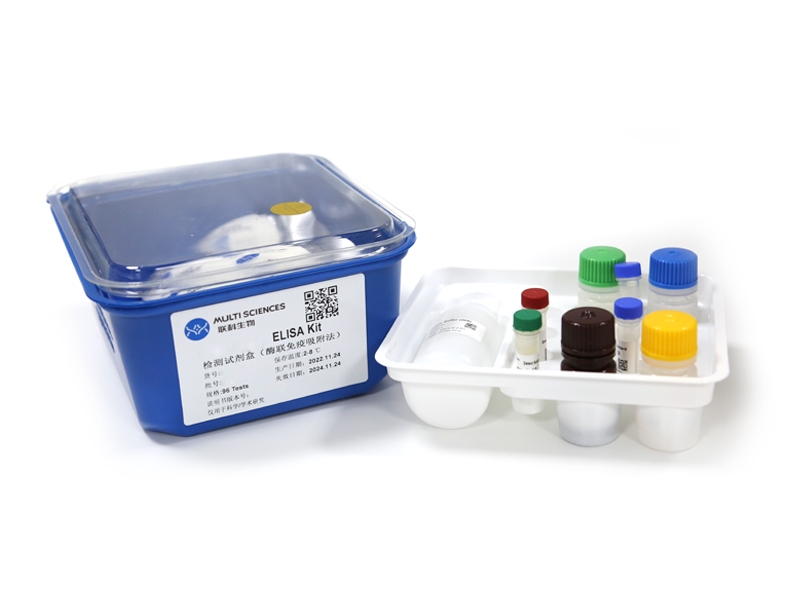Immunosuppressive tumor microenvironment (ITM), poor immunogenicity and low tumor penetration markedly reduce the tumor immunotherapy capability. To address these hurdles, we successfully engineered acidity-triggered nanoparticles (NPs) with size-reduction and charge-switchable to boost tumor immunotherapy based on indoleamine 2,3-dioxygenase 1 siRNA (IDO1 siRNA) and immunogenic cell death (ICD). The NPs significantly augmented tumor penetrating ability and improved cellular uptake via the detachment of 2,3-dimethylmaleic anhydride grafted poly(ethylene glycol)-poly(L-lysine) copolymer (mPEG-PLL-DMA, PLM) from large-sized NPs with a negative charge. Subsequently, the NPs with a positive charge and small size rapidly escaped from the lysosomes and released mitoxantrone (MIT) and IDO1 siRNA. The antitumor immune response of IDO1 siRNA and MIT provided good antitumor capability through enhancing DCs maturation, improving numbers of CTLs and downregulating the level of Tregs in tumor tissues. In summary, the results demonstrated that charge-switchable NPs based on blockage of the IDO1 pathway and ICD activation induce an efficient antitumor immune response, thus showing high potential for treating primary/distant tumor and reducing metastasis. STATEMENT OF SIGNIFICANCE: Acidity-triggered nanoparticles (NPs) with size-reduction and charge-switchable to boost tumor immunotherapy based on indoleamine 2,3-dioxygenase 1 siRNA (IDO1 siRNA) and immunogenic cell death (ICD) were engineered. NPs augmented tumor penetrating ability and improved cellular uptake via the detachment of mPEG-PLL-DMA (PLM) from large-sized MIT/siR-PLM/PPA NPs with negative charge to expose miniature and positively charged MIT/siR-PPA NPs. The NPs rapidly escaped from the lysosome and sequentially released mitoxantrone (MIT) and IDO1 siRNA. The antitumor immune synergistic effect of inhibiting the IDO1 pathway by IDO1 siRNA and inducting ICD by MIT provided dramatic antitumor capability through enhancing DCs maturation, improving numbers of CTLs and downregulating the level of Tregs in tumor tissues. And the NPs revealed a promising pathway against aggressive and difficult-to-treat cancers.
文章引用产品列表
-
- EK282
- ELISA试剂盒
Mouse TNF-a ELISA Kit检测试剂盒(酶联免疫吸附法)
- ¥1,600.00 – ¥10,800.00



